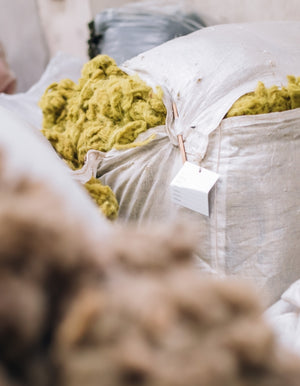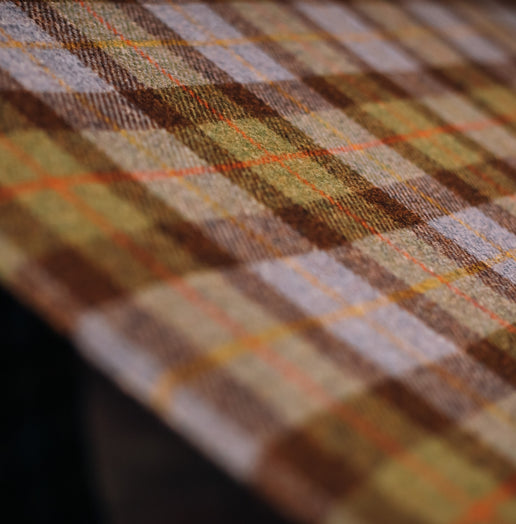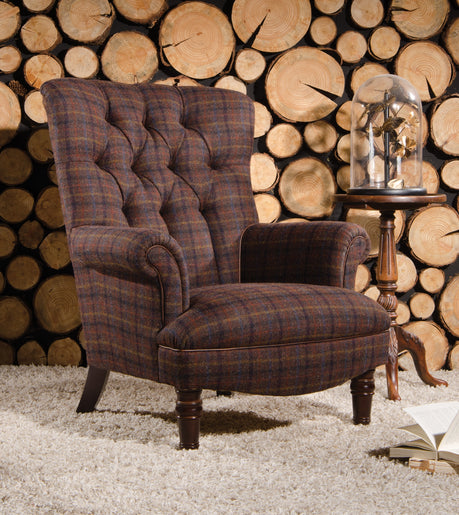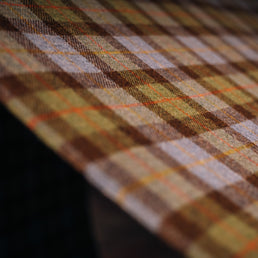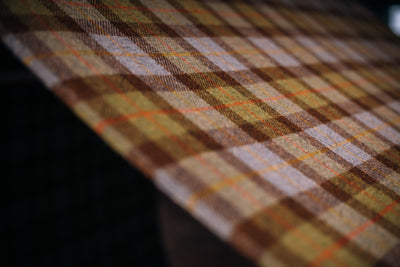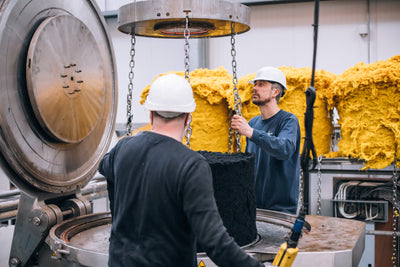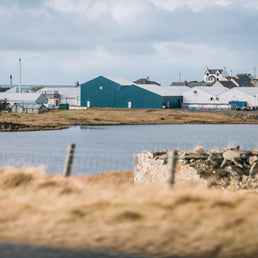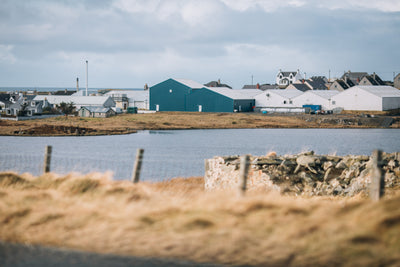HARRIS Tweed Hebrides designer Ken Kennedy loves blue. And he has created a very special one in the fabric being used for the Ryder Cup collection, made in partnership with tailors Walker Slater and launched recently at Gleneagles.
The fabric, designed at the Shawbost mill on the Isle of Lewis, has been made into a 25-piece collection of ladies and gents’ wear and will also be used in the uniform for the Junior Ryder Cup team.
It complements the Ryder Cup livery and official tartan. But it also represents the blues of the Outer Hebrides - from sea to sky, with all the rivers and lochs in between.
These islands are, of course, home to Harris Tweed and the colours of the Clo Mor are famous for chiming with those found in the natural landscape.
What may not be so well known is that these islands are also home to a couple of the best golf courses in the world - at Scarista in Harris and Askernish in South Uist.
These links courses on the machair are golf courses on the very edge of the world, bordered by stretches of pristine white sand and the breakers of the Atlantic Ocean.
Both courses have been described as among the most picturesque, and there are a number of similarities in their history, too. Both are old courses which fell into decline and general crofting community usage until they were reclaimed and lovingly restored.
Scarista is a nine-hole course while Askernish has the full 18. But Askernish, which was even used as an airstrip for a time, has one particularly significant claim to fame: it’s an Old Tom Morris course.
Arguably the most influential person in the history of golf, Old Tom Morris was a pioneer of the game in the 19th Century. A great golfer who still holds the record for being the oldest winner of the British Open, he was the sport’s first professional player. However, he was also a great greenkeeper and golf course designer.
Incidentally, he also loved his tweed. More poster bodach* than poster boy, admittedly, but the images of Old Tom Morris in his tweed suit and cap remain iconic and an inspiration for the increasingly popular ‘heritage’ golf look.
It was in 1891 that Old Tom came to South Uist to lay out a golf course at the behest of Lady Cathcart, who wanted to impress her society friends.
He described the choice of links land available as “staggering” and proclaimed his chosen spot on the machair at Askernish farm as “second to none in the various elements which go to make a really good course”.
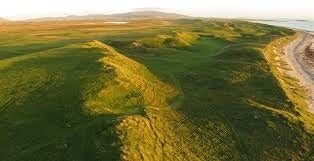
The course is little different today. In 2006 a team including golf course consultant Gordon Irvine – who pronounced Askernish “the holy grail” of links land – and course architect Martin Ebert planned where they believed the original course would have been.
Following Old Tom’s design principles, they plotted the 18 holes in just one day and when the restored course was finished in 2008 their plan had been only slightly modified.
Askernish is often referred to as a “museum piece”, formed – twice – from the land’s natural features. There was no extensive movement of earth by machinery and Old Tom trademarks, such as blind holes, remain.
The terrain itself is a key feature, with the machair having been identified as good for golf in the early days, when there were no lawnmowers, because it grew so slowly.
Askernish greenkeeper Allan MacDonald explained: “Most of the oldest courses in the world are in Scotland because the first places you could play all year round were links courses. The birthplace of golf is on links courses - that’s part of the reason so many people are interested in Askernish.”
A museum piece it may be but Askernish is no fossil. There is a raw power that even the press in Old Tom’s day remarked on. “The air is exceptionally strong and invigorating, affording to the jaded city man all the advantages of a sea voyage without any of its discomforts,” readers were told.
Allan said: “When you come to Askernish you get really dramatic dunes. They are towering and can easily be 120ft. If you go to links courses on the east coast, they are rolling dunes.
“The unique selling point about Askernish is how raw it is. You get a lot of links courses where you don’t see the sea, although you can hear it or smell it. But when you come to Askernish you get the views - the dune systems, the beach. Some tees are quite elevated and you can see across the Atlantic to Barra. It is just a dramatic landscape.”
Old Tom used to talk of “land created by God to play golf on”. At Askernish, it’s clear why He chose to put that land in the Hebrides.
*bodach (Gaelic): an old man




